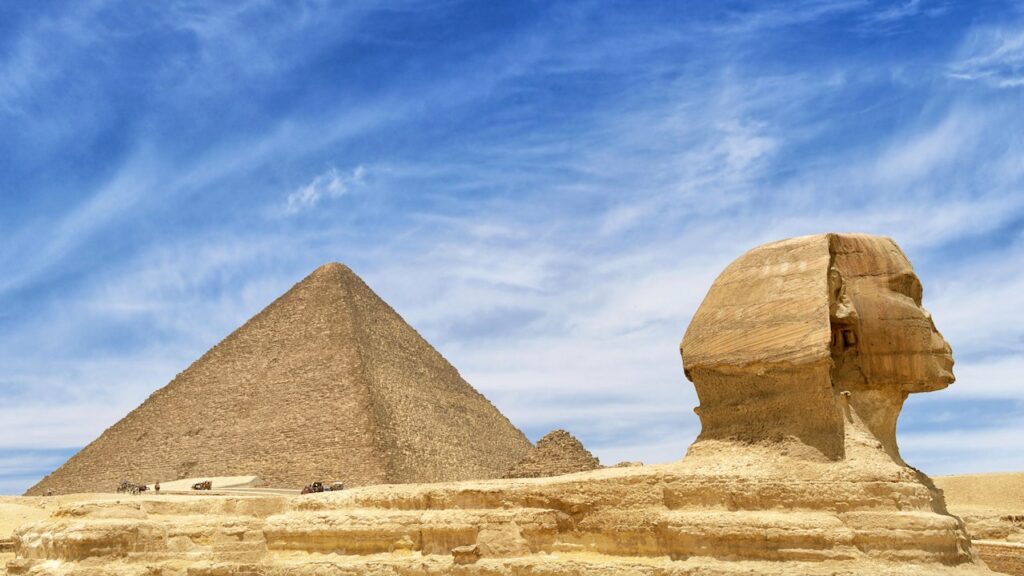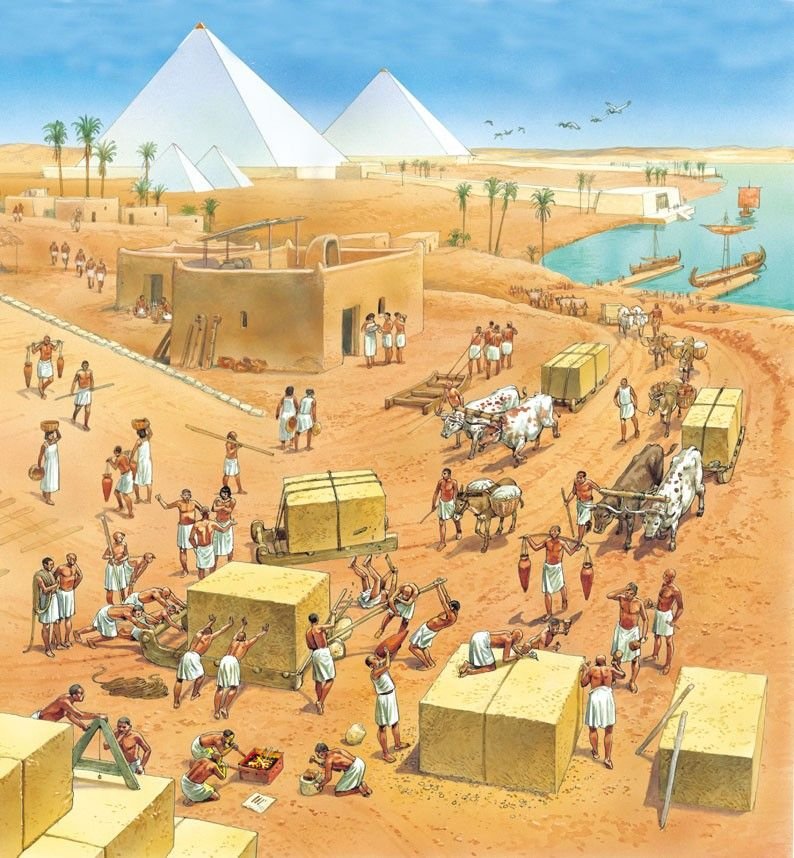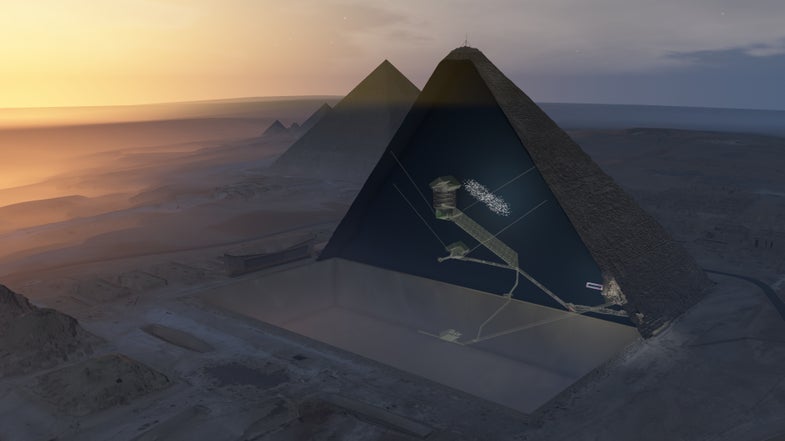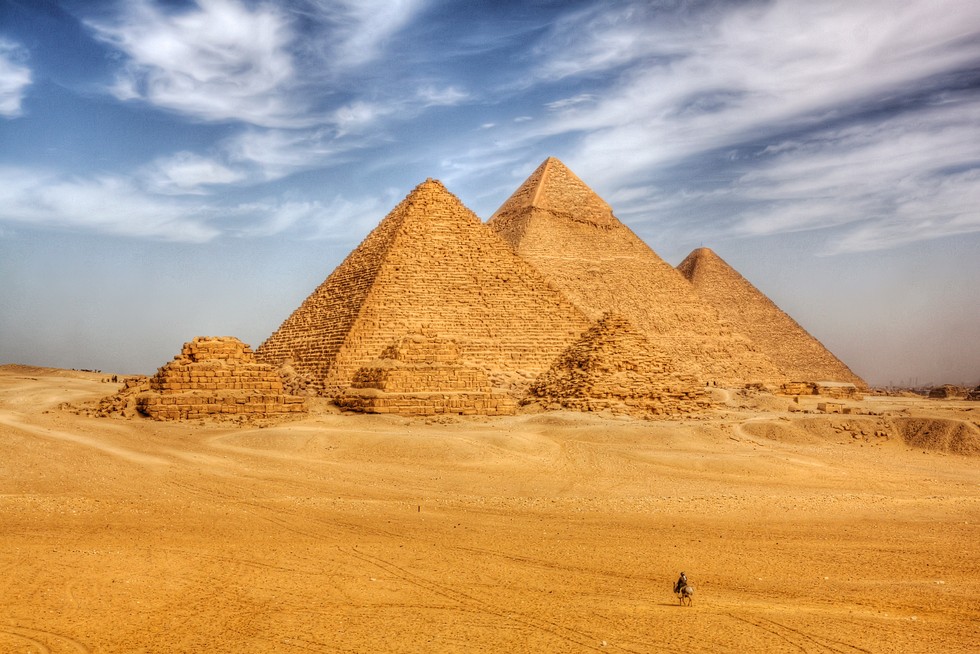Step into the realm of ancient marvels as we unravel the mysteries surrounding the Pyramids of Giza. These colossal structures have stood for millennia, capturing imaginations and sparking questions. Who built them, and why. What secrets lie within their depths. Join us on a journey through time as we explore the enigmatic world of the Pyramids, peeling back layers of history and unveiling the stories etched into the very stones that have intrigued humanity for centuries.”
Architectural Marvels: Pyramids of Giza

The three pyramids of Giza—the Great Pyramid of Khufu, the Pyramid of Khafre, and the Pyramid of Menkaure—are regarded as the pinnacles of architectural design. Crafted with precision and grandeur, these structures showcase the ingenuity of ancient Egyptian engineering. The Great Pyramid, in particular, is a testament to mathematical precision and astronomical alignment. The colossal stones, each weighing several tons, were meticulously quarried, transported, and assembled to form these towering monuments. Once reflecting the sun’s brilliance, the pyramid’s original smooth, white limestone casing created a stunning spectacle that is now mostly destroyed. A close examination of the Pyramids of Giza’s architectural elements reveals remarkable creativity and craftsmanship that have survived for millennia and left a lasting effect on the history of architecture worldwide.
Purpose and Significance
The Pyramids of Giza transcend mere architectural feats; they are profound symbols of ancient Egyptian beliefs and culture. The pyramids had great symbolic significance in addition to being the pharaohs’ colossal tombs that aided in their transition to the afterlife. The pyramid’s design, with its sloping sides coming together at the top, symbolized the sun’s rays falling to Earth. This solar association aligned with the Egyptian belief in the pharaoh’s divine connection and eventual resurrection. The pyramids, surrounded by mortuary temples and causeways, formed integral parts of a complex ritualistic landscape dedicated to honoring the deceased pharaohs. Understanding the objective and importance of the Pyramids of Giza unveils not only the practical aspects of ancient Egyptian funerary practices but also the deep spiritual and cultural dimensions embedded in these colossal structures.
Builders and Beneficiaries

The question of who constructed the Giza Pyramids has long piqued interest and generated discussion. Although the building was credited by the ancient Egyptians to the pharaohs and their trained labor force. The precise techniques and labor dynamics are still being studied by academics. Recent research suggests a combination of skilled craftsmen, laborers, and a hierarchical organization overseeing the construction. The pyramid builders, often permanent employees rather than slaves, were provided with housing, food, and medical care. Showcasing a level of organizational complexity.
As for the beneficiaries, the pyramids were primarily built for the pharaohs. Serving as eternal resting places and monuments to their divine status. The precise alignment, dimensions, and intricate construction techniques reflected the pharaohs’ aspirations for an everlasting afterlife. Understanding the builders and beneficiaries sheds light on the societal structure, labor practices, and the deep cultural significance assigned to these monumental structures.
Mysteries Within Exploring Pyramid Interiors

The intricate hallways, chambers, and secrets concealed within the Giza Pyramids have long baffled historians and archaeologists. The Grand Gallery and the King’s and Queen’s Chambers are two of the Great Pyramid of Khufu’s many elaborate passageways. The precise architectural design, aligned with astronomical features, fuels speculation about the purpose of these internal structures.
The King’s Chamber, with its granite sarcophagus, suggests a burial function, while the purpose of the Queen’s Chamber remains elusive. The alignment of passages with celestial bodies, such as the alignment of the descending passage with the pole star, adds to the enigma.
Modern technologies, including non-invasive techniques like cosmic-ray imaging, have provided insights into the internal structure without disturbing the ancient architecture. As we explore the mysteries within the Pyramids of Giza. The intricate design and astronomical alignments continue to provoke questions about the intended functions and the deeper understanding ancient Egyptians held about the cosmos and the afterlife.
Conclusion
The Giza Pyramids are significant symbols of ancient Egyptian culture and beliefs in addition to being architectural wonders. From the mysterious construction techniques to the intricate symbolism within, these colossal structures continue to captivate and mystify. Unveiling the purpose, beneficiaries, and mysteries concealed within their chambers. The Pyramids of Giza offer a timeless testament to human ingenuity and spiritual exploration. These ancient wonders persist through millennia. They beckon us to explore the depths of history and ponder the enduring enigma they embody.

